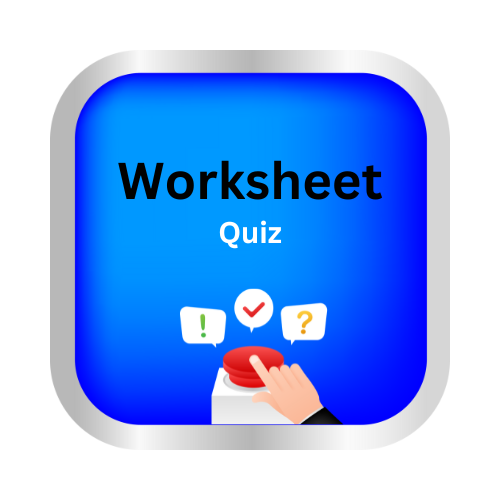Use semicolons and commas to separate clauses
Key Notes :
✨ Use Semicolons and Commas to Separate Clauses ✨
| What are Clauses? |
A clause is a group of words that has a subject and a predicate (verb).
Independent Clause: Can stand alone as a sentence.
- Example: 🌞 I enjoy reading books.
Dependent Clause: Cannot stand alone; depends on another clause.
- Example: 📚 Because I enjoy reading books…
| Using Commas (,) |
Rule: Use a comma before a coordinating conjunction (and, but, or, nor, for, so, yet) to join two independent clauses.
✅ Example:
- I wanted to play outside, 🌳 but it started raining. 🌧️
- She loves ice cream 🍦, and he loves chocolate cake 🎂.
Tip: Think of a comma as a small pause ✋ in your sentence.
| Using Semicolons (;) |
Rule 1: Use a semicolon to join two closely related independent clauses without using a conjunction.
✅ Example:
- I have a math test tomorrow 📐; I need to study tonight.
- The sun was setting 🌇; the sky turned orange and pink.
Rule 2: Use semicolons to separate items in a list if the items already contain commas.
✅ Example:
- I visited Paris, France 🇫🇷; Rome, Italy 🇮🇹; and Madrid, Spain 🇪🇸.
Tip: Think of a semicolon as a “super comma” 💪 that connects ideas more strongly.
| Quick Tips |
- Use comma + conjunction for simple connections. ✅
- Use semicolon for strong connections or complex lists. ✅
- Don’t overuse! Too many semicolons can confuse readers. ⚠️
- Always check that both clauses joined by a semicolon can stand alone. 👀
| Fun Examples 🌟 |
- I finished my homework ✏️; now I can play video games 🎮.
- She bought apples 🍎, oranges 🍊, and bananas 🍌; and he bought grapes 🍇, pears 🍐, and cherries 🍒.
- We wanted to go hiking 🥾, but the rain 🌧️ ruined our plans.
Let’s practice!

